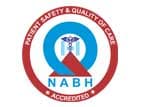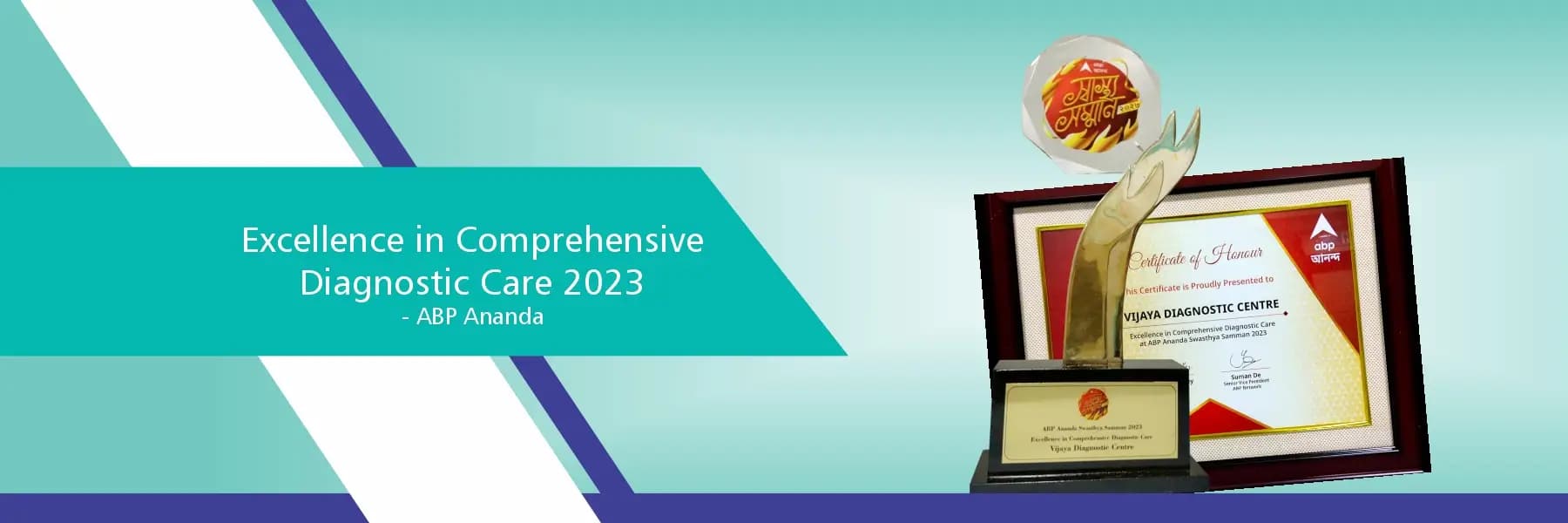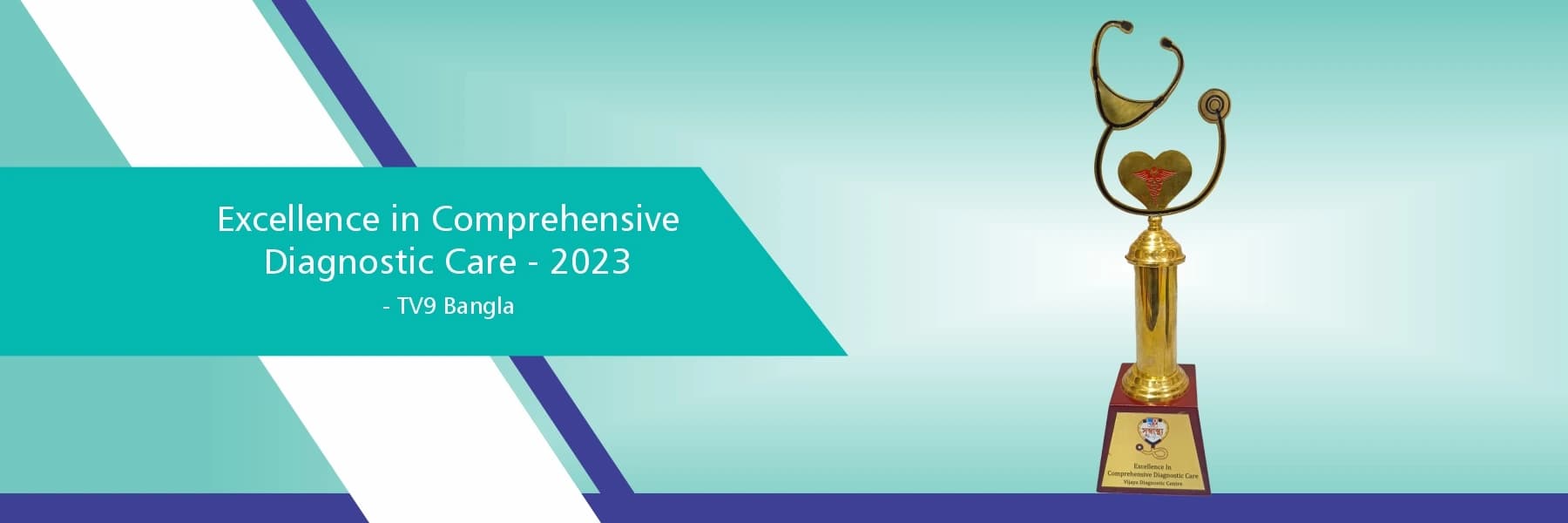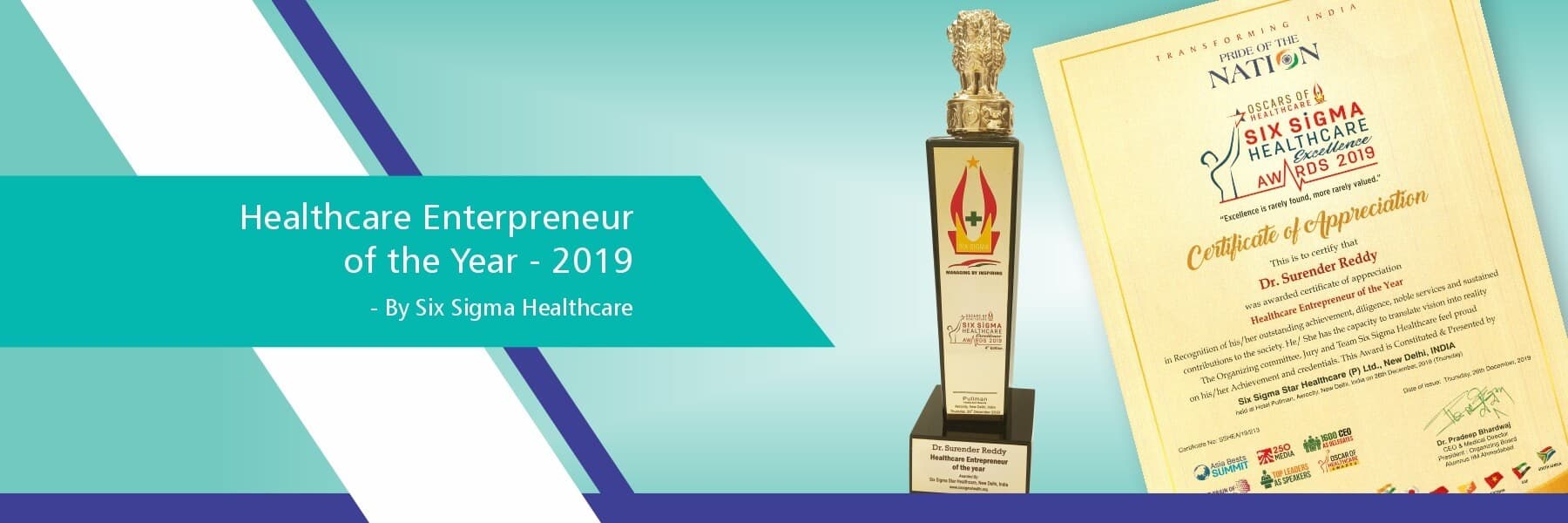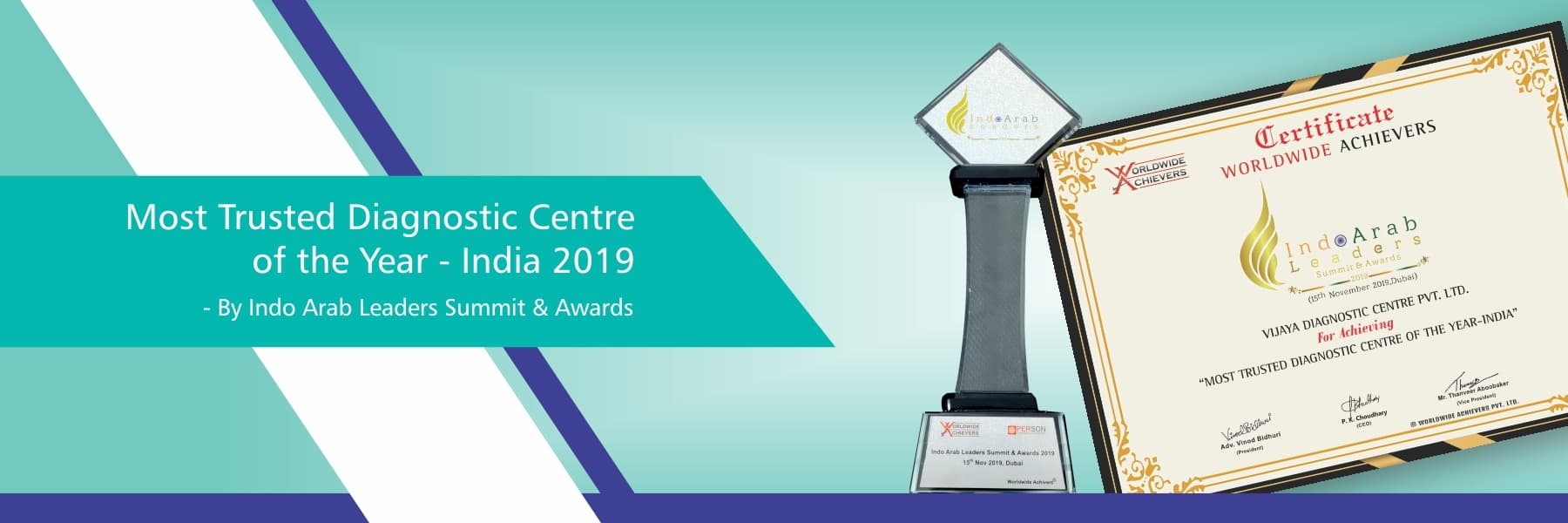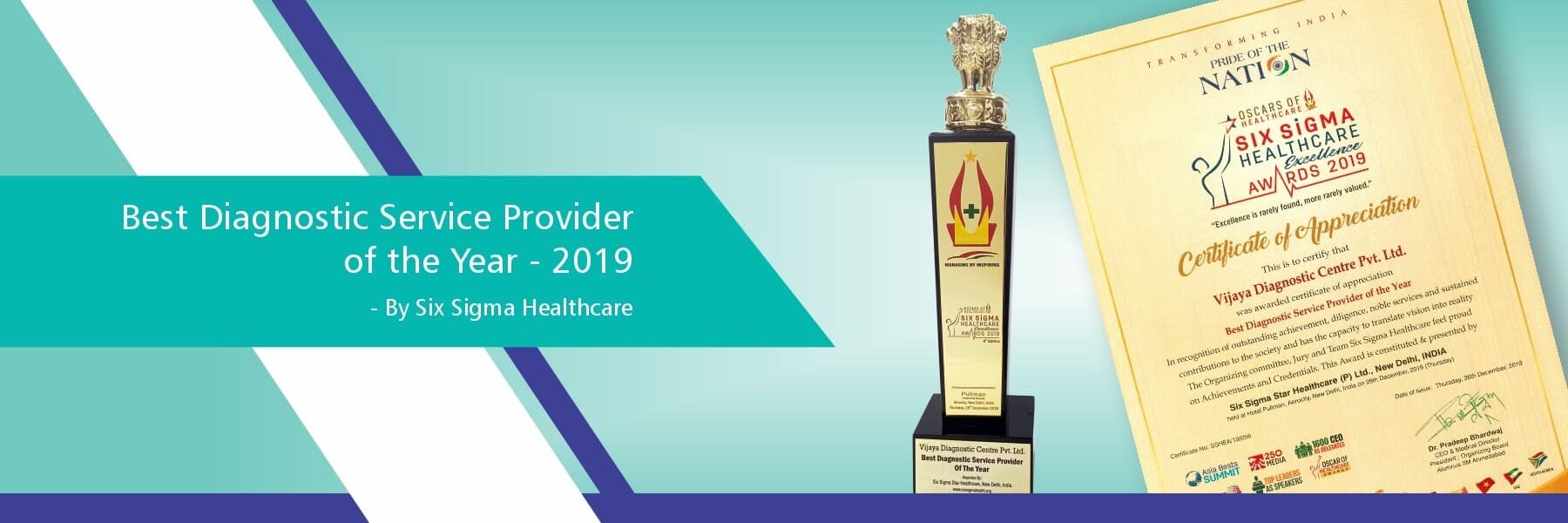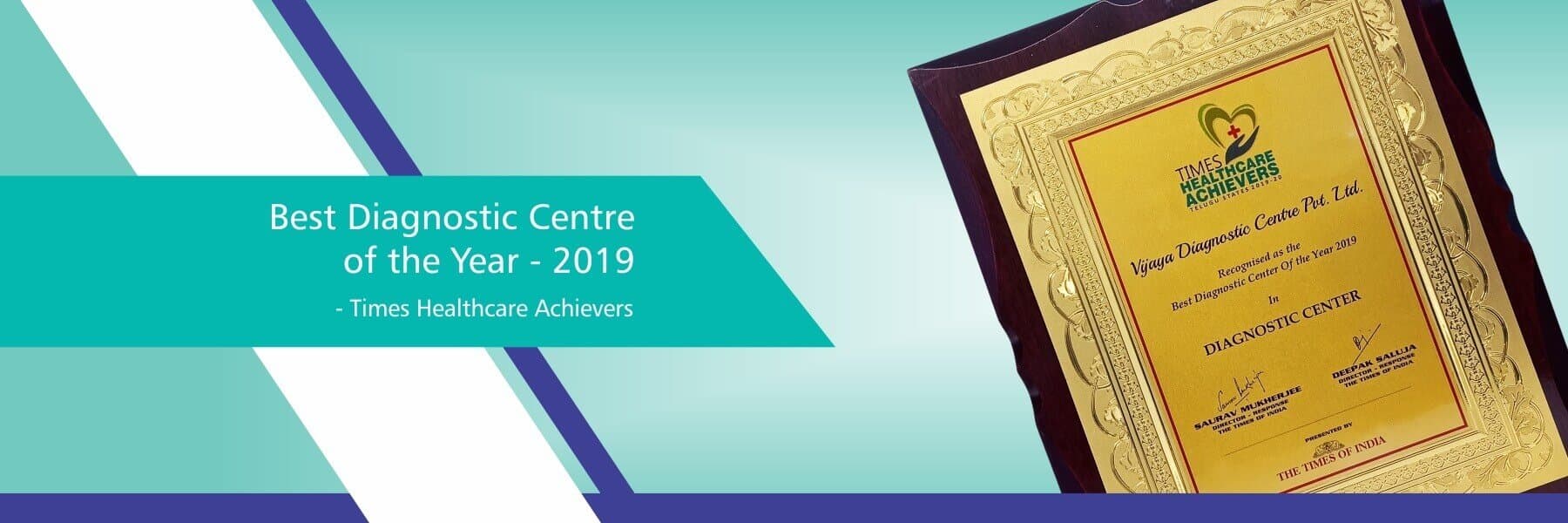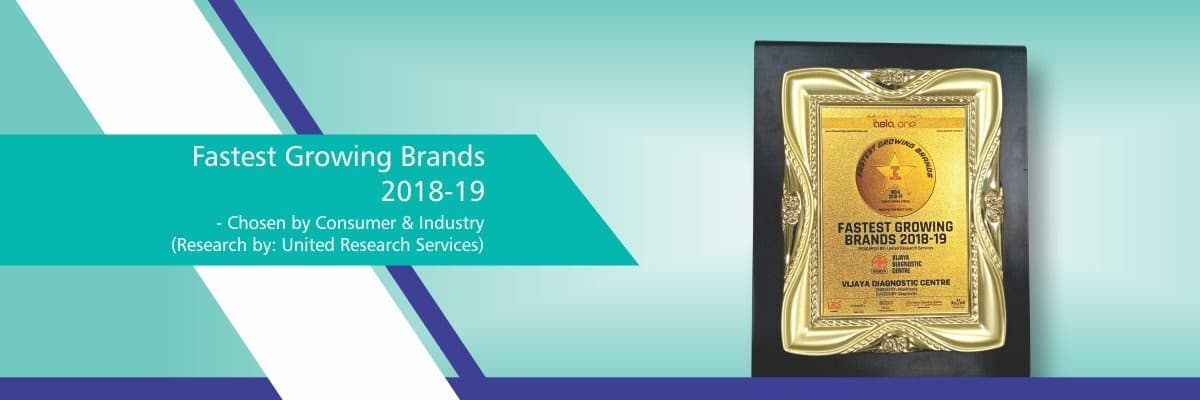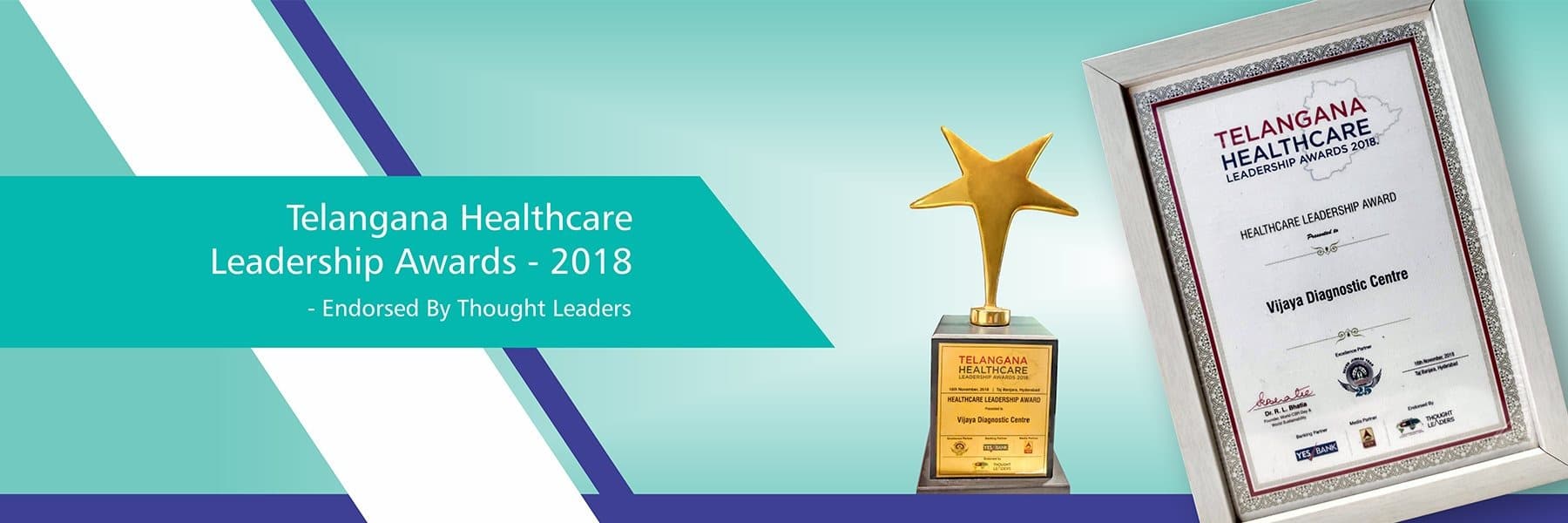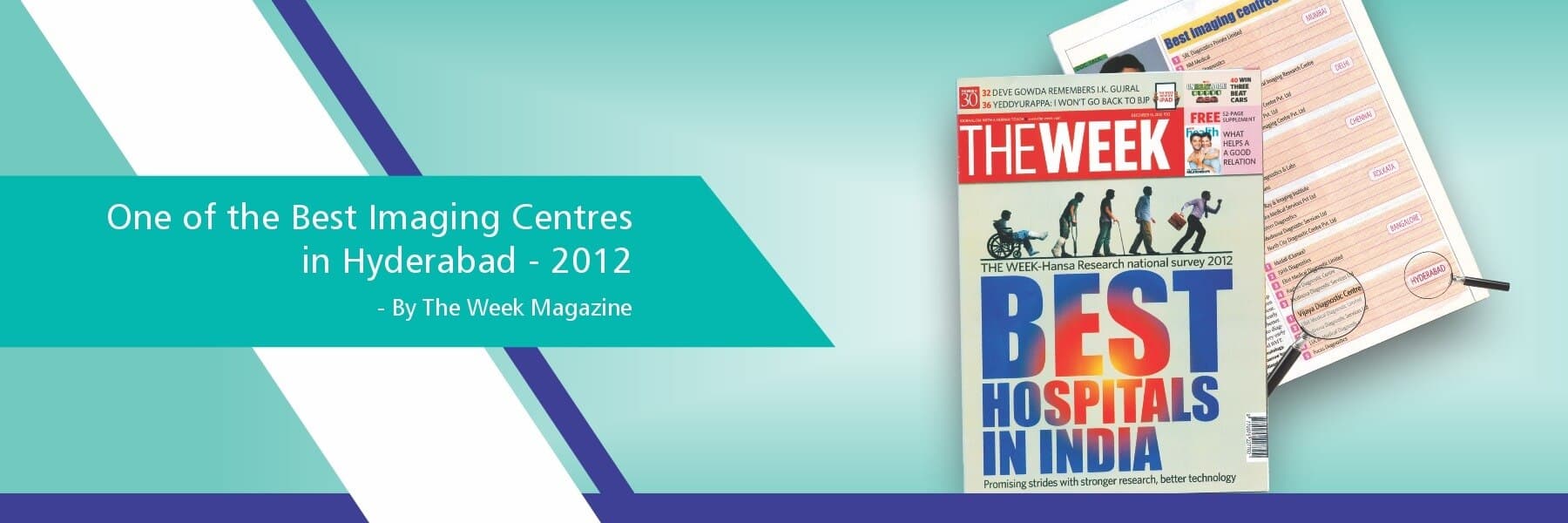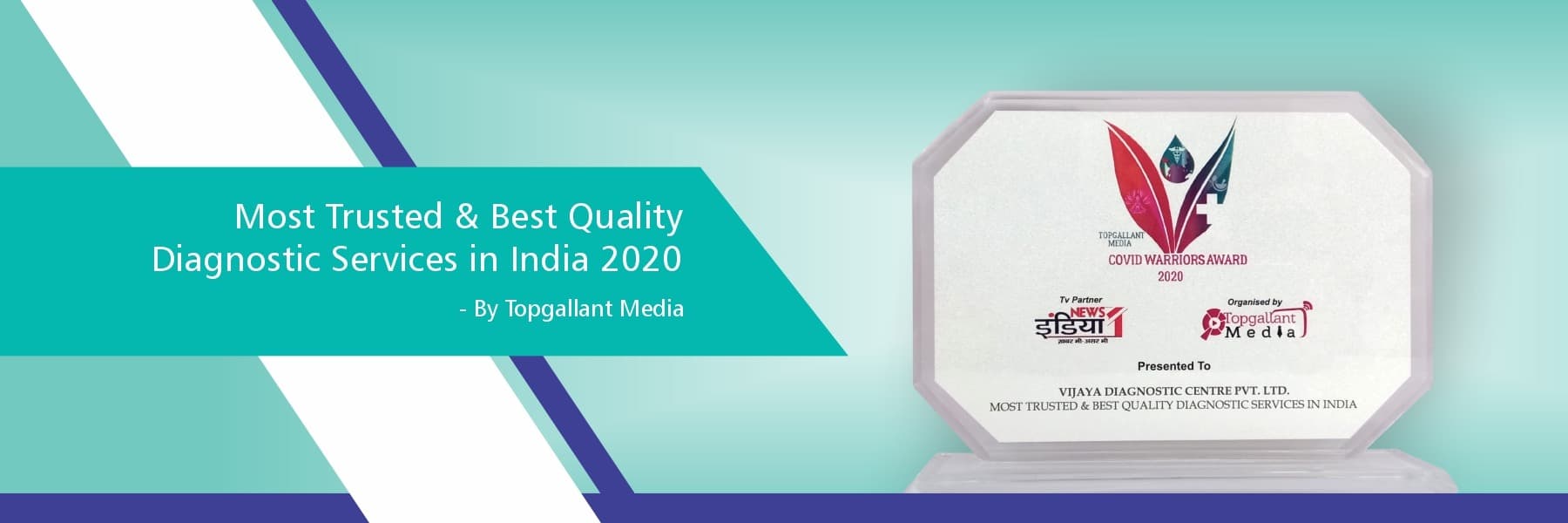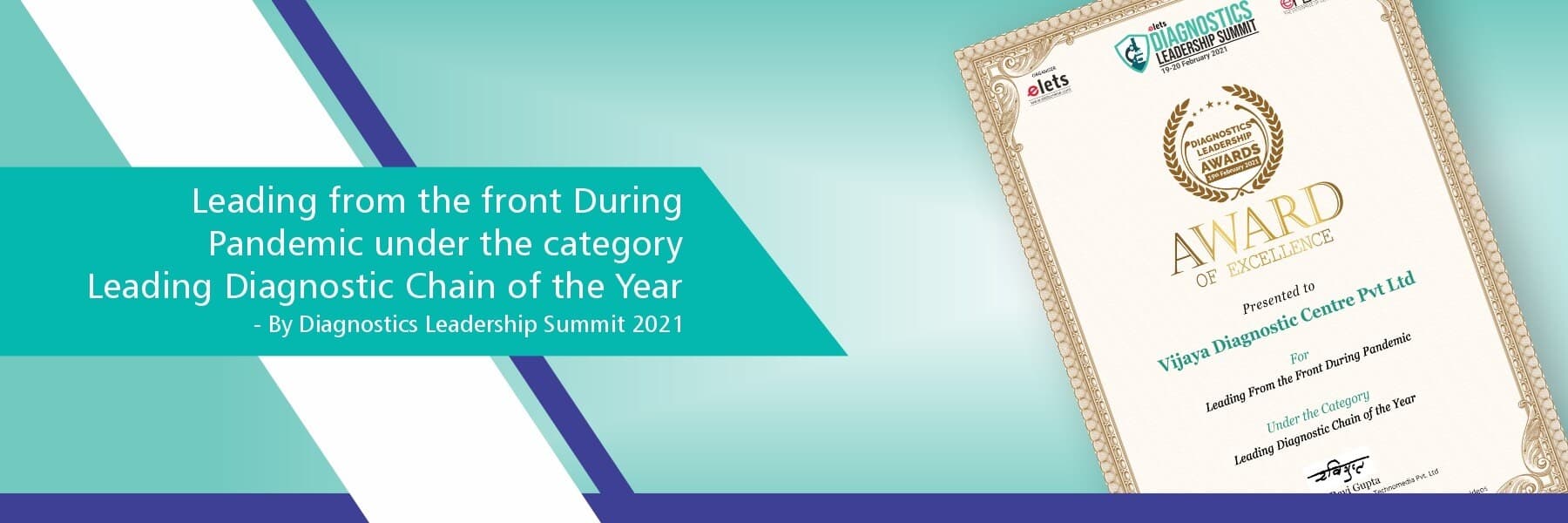What is a 3T MRI?
3 Tesla MRI, more commonly referred to as the 3T MRI, is an imaging technique used as a crucial tool in medical diagnostics. MRI stands for Magnetic Resonance Imaging and the T stands for Tesla which is a unit of measurement which denotes the strength of a magnetic field.
A 3T MRI relies on strong electromagnetic fields and radio waves to construct detailed high resolution 3D images of organs, bones, muscles, tissues and blood vessels. A 3T MRI operates just like a traditional MRI scanner and it doesn’t involve any ionizing radiation.
MRI 3T can be used to detect and diagnose several medical conditions including aneurysms,blood vessel malformations, spinal cord compression, spinal disc herniations, heart disease and multiple sclerosis (MS).
The core components that make the 3 Tesla MRI tick are:
1. Main magnet: A powerful magnet made of superconducting coils lines up the hydrogen protons in your body's water and fat molecules, allowing us to create detailed images of the internal structures and organs.
2. RF Coils: MRI machines have special antennas called radiofrequency coils (RF coils) inside them. These coils send and receive radio waves used to create images. Different coils of varying strength are used based on the area or part of the body being examined.
3. Radio waves: Computer generated pulses of radio waves nudge the aligned hydrogen protons out of position, causing them to emit radio signals when they return to their resting state. These signals are picked up by receivers, forming the basis of your MRI image.
Some of the other major components include gradient coils, a computer system and a patient table.
What is the difference between 3T MRI and 1.5T MRI?
Even though 1.5T MRI scanners are still the standard and capable enough for most use cases,the difference in noise reduction in the images produced by 3T MRIs is noteworthy. Noise can be reduced by either by improving the signal itself or by drowning out the noise produced by the patient’s body and the electronic systems within the MRI setup more effectively.
The major difference between 3T vs 1.5T lies in the strength of the magnetic fields, accuracy of results and the cost. The magnetic field used by the MRI 3T scanner is twice the strength of an MRI 1.5T scanner and almost 15 times the strength of an open field MRI. Justifiably, the 3 Tesla MRI price is more than the price of a 1.5T MRI scanner.
An MRI 3T machine achieves noise reduction through a combination of factors, including enhancing the signal strength, utilizing advanced pulse sequences & gradient design and leveraging sophisticated reconstruction algorithms. By virtue of using a significantly stronger magnetic field, more hydrogen atoms within the body are aligned to the magnetic field thereby producing a stronger signal.
Benefits of a 3T MRI
The multifold benefits of 3T MRI scanners include:
1.Quicker scans:Stronger magnetic fields directly translate to faster MRI scans. This might be especially beneficial for children and patients with a known history of claustrophobia. Having said that, some patients with certain implants who can safely get a 1.5T MRI scan may not be allowed to get a 3T MRI because of the stronger magnetic fields.
2.More Accurate Diagnosis & More Detailed Images of Smaller Body Parts:The higher spatial resolution (smaller voxel size) of the 3 Tesla MRI produces more detailed images and the signal to noise ratio of a 3T MRI is far superior than that of the 1.5T MRI. Compared to traditional MRI machines, the 3 Tesla MRI boasts higher resolution, revealing even smaller lesions and finer details of intricate structures in the brain, spine and muscles.
These contribute to a more accurate diagnosis and saves you from unnecessary repeat scans.
3.Reduced noise levels:Traditional MRI machines are infamous for the persistent loud clicking noises. 3T MRIs are relatively quieter and offer a less stressful & much more pleasant experience for the patients.
Why is the 3T MRI Test performed?
There are several reasons why a doctor might recommend a 3T MRI over other imaging techniques. A few of the reasons include:
1. Enhanced resolution and detail: Compared to 1.5T MRI scans, the stronger magnetic field of a 3T MRI allows for clearer and more detailed images. This is particularly beneficial for visualizing lesions or delicate structures in the brain, spine and joints, like nerves, tendons & ligaments, which can be crucial for diagnosing subtle abnormalities.
2. 3T MRIs can be useful for functional studies. Advanced techniques such as functional MRI (fMRI) and diffusion tensor imaging (DTI) benefit from the increased signal strength and offer detailed information about brain function and connectivity.
3. Other imaging techniques didn’t yield adequate information to pinpoint the exact issue and MRI 3T provides improved diagnostic accuracy
4. Identifying and staging cancers or tumors in various organs
It is important to note that 3T MRIs are not always necessarily the best option for every situation. 1.5T MRIs may be sufficient for some basic diagnostic needs. A doctor will weigh the potential benefits and limitations of a 3T MRI against other imaging options based on your specific clinical situation and needs.
Applications of 3 Tesla MRI
MRI 3T scan is a versatile diagnostic tool and can be used for a wide range of applications including:
1. Diagnosing brain tumors, stroke, head injuries, infections and neurological disorders such as multiple sclerosis, epilepsy and dementia
2. Detecting and diagnosing vascular conditions such as Aneurysms and assessing blood vessels for malformations and blockages
3. Assessing the location and extent of certain tumors in the spinal cord.
4. Detecting spinal cord injuries such as compression and inflammation. It can also aid in find the cause of pain and numbness in the case of disc herniations and nerve impingement
5. Cancer detection, grading and staging
6. Diagnosing metabolic disorders by evaluating fat distribution and organ function
7. Evaluating heart health and detecting & monitoring congenital heart defects
8. Offer detailed imaging of ligaments, tendons, and cartilage to assess the stability of joints
9. Imaging organs such as the liver, kidneys, uterus and ovaries (in women) in abdominal and pelvic regions faster.
10. Examining ligaments, tendons, bones and cartilage to assess the stability of joints and detect issues in the musculoskeletal system such as small fractures, infections, inflammation, tears and arthritis
If you’re wondering which is the best diagnostic center for 3T MRI scan near me, then look no further than Vijaya Diagnostics. With over 140 centers across 20 cities, you're sure to find a Vijaya Diagnostics center near you!
Schedule and manage your 3T MRI scan easily and avail exclusive discounts on our user-friendly app.
Choose Vijaya Diagnostics for 3T MRI scans and experience healthcare redefined: precision, accessibility, and affordability brought together seamlessly.
Frequently Asked Questions
1. Are there any risks associated with a 3 Tesla MRI?
Ans - MRI 3T scans are quick, mostly pain free, non invasive and carry minimal to no risks.
Some of the rare yet potential risks include:
- Specific Absorption Rate (SAR) of 3T MRIs is high so the strong magnetic field can cause tissue heating, particularly in patients with certain implants
- If a contrast dye is used, there's a small risk of allergic reactions such as nausea, headaches, hives, itchy eyes, infection or discomfort at the injection site.
- Hearing damage
Your individual sensitivity and anxiety levels, type & complexity of scan, your existing condition and medical history could help weigh the benefits of an 3T MRI scan against the potential risks. Please talk to your healthcare consultant for personalized advise.
2. Is sedation necessary for a 3 Tesla MRI?
Ans - While sedation isn’t normally required for a 3T MRI scan, some individuals and children may need or benefit from sedation especially if they can’t stay still for a long period because of claustrophobia, anxiety or physical pain. Please talk to your doctor for accurate and personalized information about your health concerns
3. Can pregnant women undergo a 3 Tesla MRI?
Ans - Pregnant women are usually discouraged from getting a 3 Tesla MRI especially during the first trimester since it can hinder the fetal development and lead to congenital defects
4. How often is a 3 Tesla MRI recommended for monitoring health conditions?
Ans - A standard MRI would suffice for most conditions but 3T MRIs may be ordered for more detailed imaging and an accurate diagnosis. How often 3T MRIs are recommended for monitoring health issues would depend on several factors including:
- The specific health condition being monitored
- severity and progression of the condition - rapid progression of the disease might warrant frequent scans.
- Individual risk factors, clinical presentation and medical history
- Availability and benefits of alternative monitoring methods
5. How soon can results be expected after a 3 Tesla MRI?
Ans - The time required would depend on the reason behind the investigation and the complexity of the scan. Results for standard 3T MRIs could be available in 6 to 8 hours or 1 to 2 days while results for complex scans might take up to 1 or 2 weeks depending on several factors.
6. Can individuals with claustrophobia undergo a 3 Tesla MRI?
Ans - Yes, individuals with claustrophobia can get a 3T MRI scan done. However, they are more likely to experience anxiety and fear during the process. It is advisable for patients with a known history of claustrophobia to discuss alternatives or consider options such as sedation during the process.
7. Can children undergo a 3 Tesla MRI?
Ans - Yes, children can undergo MRIs as long as they don’t have any metallic implants including cochlear implants, metallic chips, artificial joints, metallic bone plates and pacemakers
Drag & drop your files here, Or
browse files to upload.
.pdf, .jpg & .png formats supported. Upto three files can be uploaded at a time
Blogs
Awards & Recognitions
Diagnostic Education
Frequently Asked Questions (FAQs)
Centre Details & Locations
You can click on the Centre Locator mentioned on the top right bar of our home page website to locate centres in your city. You can also search in Google “Vijaya Diagnostic Centre near to me” to find the nearest centre.
Yes, most of the centres have this facility.
Yes, you can check the operational timing of a branch by selecting the centre you want to visit on our website or Google map of respective centre
Health Checkup & Packages
The validity of a health check package is 30 days from the date of invoice, for more detail to Terms & Condition of use section on our website.
Watch This Video for Detailed Information
Once the validity period is over for your registered package, the package cannot be availed. The amount paid by you during the registration process is non-refundable, non-transferable and gets forfeited if you do not visit the branch within the validity period. The amount paid by you during the registration of the special package cannot be utilized for availing other packages.
No. These are special promotional packages which are available for registration only during the specific campaigns and thus it is important for you to register there during the event/campaign. These are specially designed and discounted packages which are only available during the campaign with specific validity period.
The package once registered, is non-transferable. One has to utilize the package for the registered customer only.
Home Sample Collection
Yes, you can book a Home Sample collection by selecting the desired tests on our website or calling our customer care number at 9240 222 222.
Yes, you can prepone/postpone an appointment by calling our customercare number at 9240 222 222.
Reports
Visit Home page of our website and click on Download reports icon. You need to login with mobile number and OTP. You will see your latest report in PDF format.
No, your reports would not be shared with anybody else other than you.
Tests Information & Instructions
Yes, fasting is recommended before undergoing a blood test.
Watch This Video for Detailed Information
- Generally, fasting is required prior to administering IV contrast. Fasting for ~ 4 hours (solid foods) is recommended.
- Kidney function test (serum creatinine) in cases of positive clinical history.
- Review of your medical history to determine that no issues exist preventing you from having a CT scan, such as pregnancy / contrast allergy or reaction (i.e., hives, rash, itching, breathing difficulty).
- A person accompany for IV contrast procedure.
- Some CT scans require drinking oral contrast, for approximately 30–60 minutes prior to your scan.
- Some CT scans involve an injection of contrast, for which an IV cannula will be inserted.



